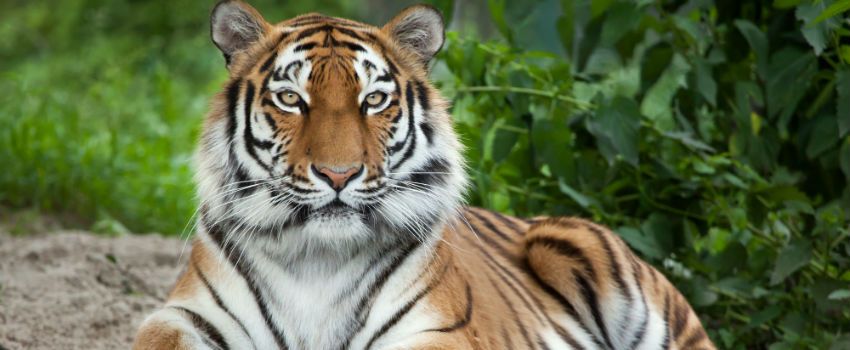
According to WWF, the number of tigers in Nepal has nearly doubled over the last nine years helping to save the species from extinction in the wild. In 2009 there were 121 tigers in Nepal and this year the population estimate is now 235. This is fantastic news because it means the global trend of rising wild tiger populations that began for the first time in a century during 2016 is intact. The tiny landlocked country of Nepal looks on track to reach its 2022 goal of doubling its wild tiger population compared to 2010.
The goal of doubling wild tiger numbers
This target has been adopted by 13 other countries that the tiger roams wild in. Ghana Gurun, WWF’s person on the spot in Nepal says every tiger is another step closer to saving the species from extinction. Whilst Nepal is just a few tigers away from the goal of doubling the species population by 2022, it emphasises the continuing requirement to keep tigers and their habitat protected for the long-term survival of the species.
With a little help from its friends
The survey was conducted by the government of Nepal and used a number of techniques including camera traps to come up with an estimate of the wild tiger population in the country. Leonardo DiCaprio has a foundation which also funded conservation efforts in Nepal’s Bardia Natioanl Park for the last eight years. The movie star says that the significant increase in wild tiger numbers in Nepal is evidence that when everyone works together, it is possible to save the Earth’s wildlife including species on the brink of extinction.
Wild tiger numbers have fallen dramatically
Mr DiCaprio says he is proud of his foundation’s partnership with WWF to support the efforts of the government of Nepal and local communities to double the population of wild tigers. Whilst the story is positive we should pause to remember that wild tiger populations have fallen by more than 95 per cent since the turn of the 20th century and the species continues to be under threat as a result of human wildlife conflict, habitat destruction and poaching.
Still under threat
The illegal trade in wildlife such as tiger bones, skins, claws and other body parts continues to boom in Asia where they are used for medicine or displayed as status symbols. Thanks to much of the conservation work done by governments of countries in Indian, Russia, Nepal and Bhutan in partnership with agencies such as WWF, the wild tiger population has increased from 3,200 in 2010 to 3,890 today.





